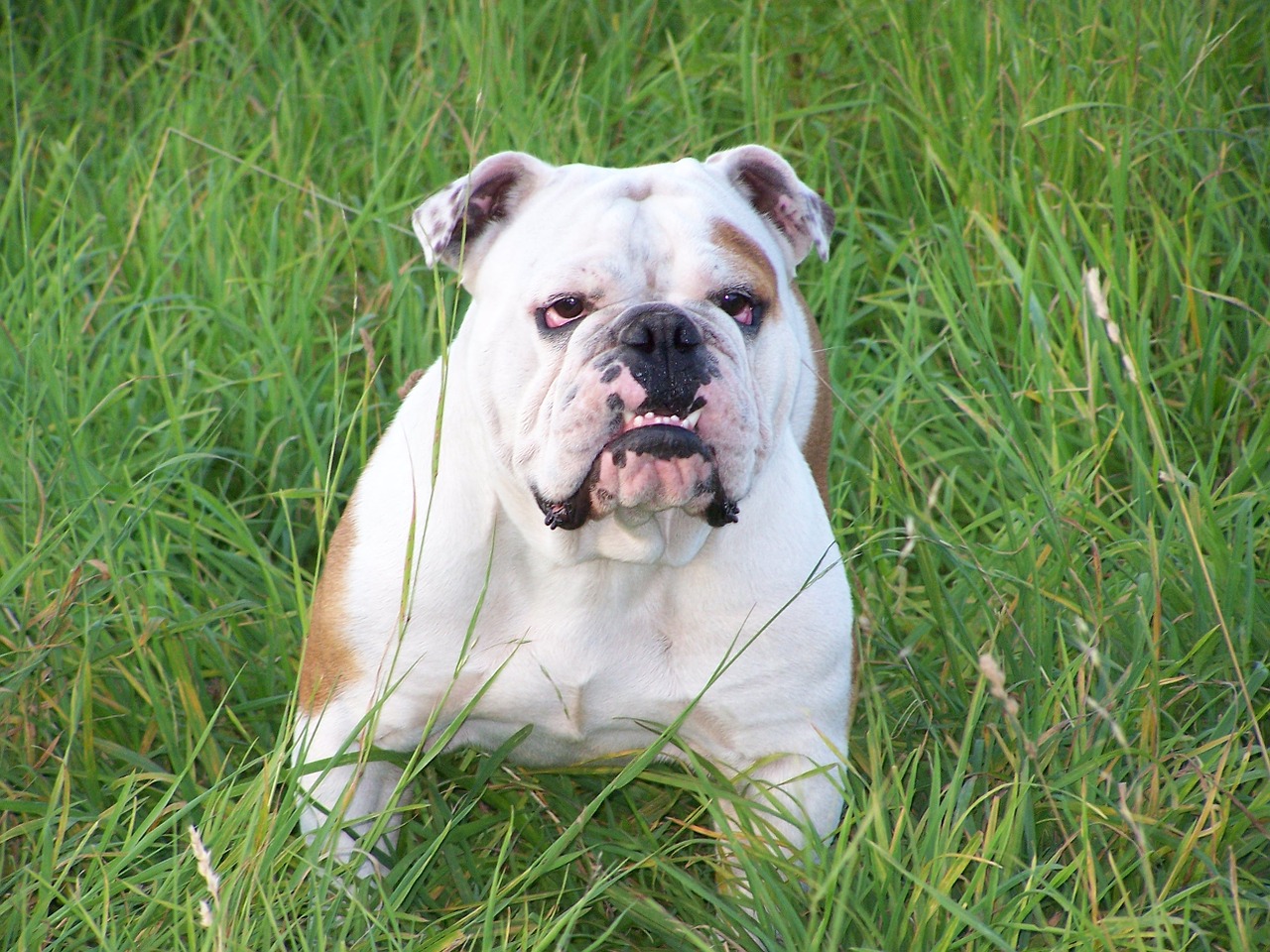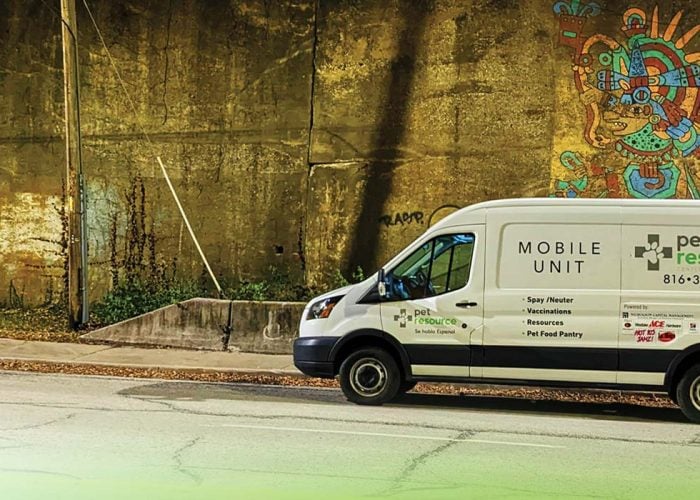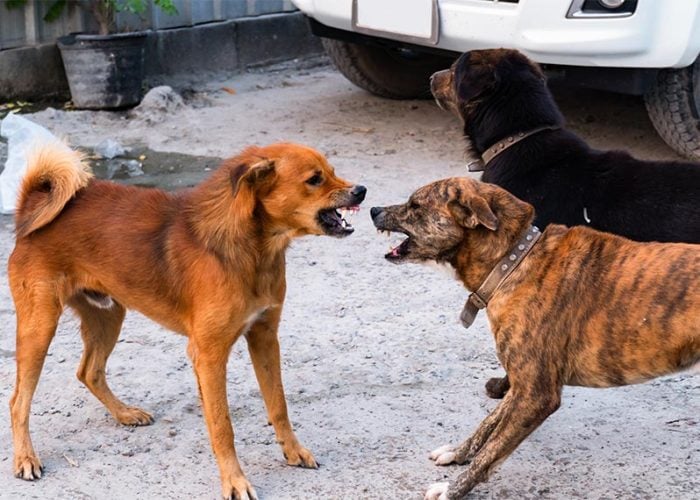As we approach spring and lawn care time here in KC, we worked with LawnStarter to provide some background on the impact your pet’s bathroom habits can have on your grass. This piece was written by Jasmine Patel for PRCKC.
……
For many pet lovers, a beautiful lawn may seem like an unreachable goal. Some people abandon the idea of a great-looking yard the day they bring their furry friend home. Yes, lawns can suffer from Fido’s rambunctious romping, digging and — especially — peeing. But the situation isn’t as hopeless as you might imagine. Let’s take a look at what really happens when brown spots form, and explore a few options to reduce or eliminate the damage your pet’s pee does to your lawn.
How Brown Patches Form
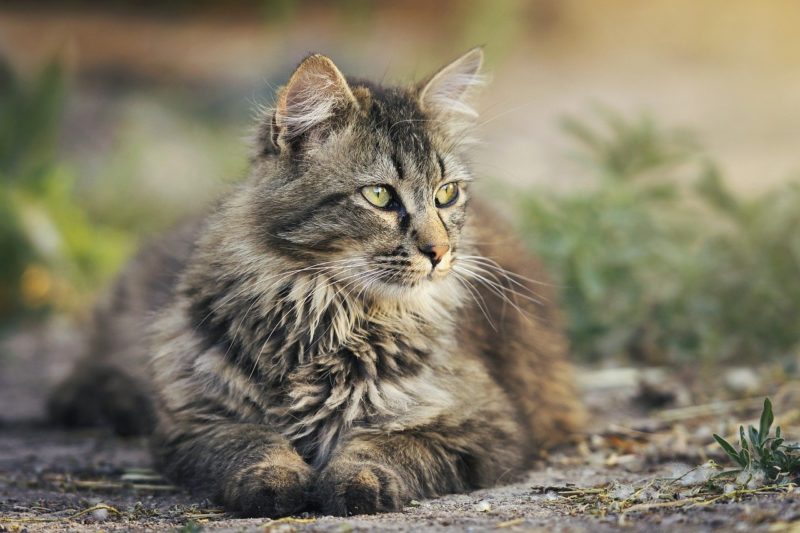
Cat urine has a pretty obnoxious smell, but it’s rarely the culprit when it comes to lawn problems. When we’re talking urine spots on the lawn, we’re typically talking about those made by dogs. Canine urine is high in nitrogen, which can burn grass and lead to brown patches. But, nitrogen in small doses is actually great for grass; it’s a key ingredient in commercial fertilizers. Your dog’s urine isn’t the problem. The problem is high concentrations of your dog’s urine in a small area.
Lower Nitrogen Concentrations
If you’re dreaming of a beautiful, green Kansas City lawn, don’t let a little dog pee stop you! Preventing brown spots is about reducing nitrogen concentrations, and there are several ways to go about it.
- Hose off or pour water on fresh urine spots.
- Bring your dog to shady areas of the yard to pee.
- Encourage your dog to drink more water.
- Train your pup to pee on an area with rocks or mulch.
Since nearly every type of fertilizer contains nitrogens, it’s also a good idea to limit fertilizer use in areas where your dogs like to do their business.
Choose a Pet-Friendly Grass
Different varieties of plants and trees prefer different environments. Grass is no exception. Pet owners planning to put down fresh sod or seed can save themselves some maintenance by choosing a variety that stands up to pet urine. In the Kansas City area, the two best types of grass to plant are tall fescue and Zoysiagrass. Since fescue grass tends to be resistant to brown spots, it’s our pick for K.C. lawns.
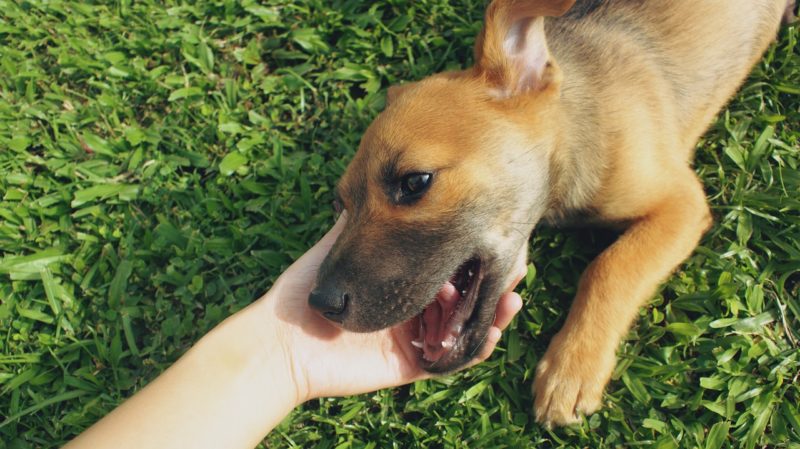
Don’t Bother with Diet Changes
It’s true that high protein diets have the potential to increase nitrogen levels in your dog’s pee. But most veterinarians don’t recommend diet changes or supplements to reduce brown spots on your lawn. Those high-priced supplements can actually be harmful to your dog by changing the pH balance of his urine and giving him bladder stones or a UTI. You don’t have to alter the health of your pet to have a healthy lawn!
Adjust Your Mower Height
Watering, fertilizing, aerating, and soil analysis: Once you go down the lawn care rabbit hole, there’s no end to the maintenance suggestions. One simple adjustment can make a world of difference in your lawn’s appearance: mowing your lawn to the proper height. Most types of cool-season grass do best when mowed to about 2.5 inches tall. If you mow much lower than that, you increase the risk of all types of problems, including disease and pet-pee nitrogen burns.

KC Is for Pet Lovers
Taking one or more of the steps above may lead to a better-looking lawn, but in the end, most dog owners say the love of their friend is worth a few brown patches. Kansas City is the 18th most pet-friendly city in the country, so it’s no surprise that tens of thousands of dog and cat owners choose to live here. Google Trends also ranks Kansas City in the top 10 when it comes to homeowners who care about their lawn, and the two don’t have to be mutually exclusive. For those in need (or those looking to volunteer), local pet assistance can help with health care, training, education, or even free pet food. Remember: Whether you’re a dog person, a cat person, or any other pet-lover, the safety and comfort of animals is a cause we can all support!
A former veterinarian’s assistant, Jasmine Patel, has parlayed a love of animals into a career of advocating for and writing about her furry friends.
